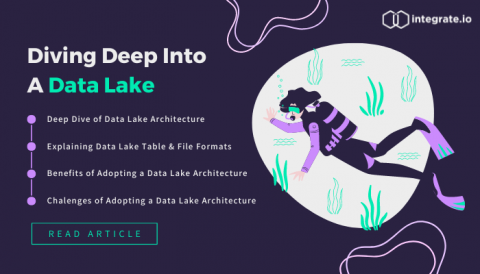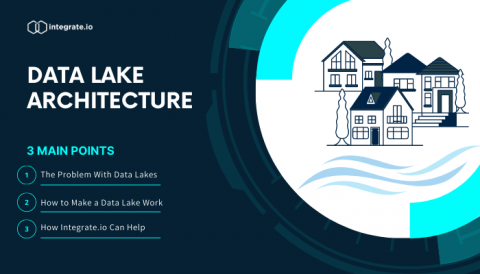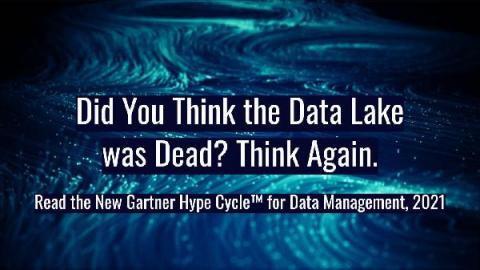Systems | Development | Analytics | API | Testing
Data Lakes
Data Lakes: The Achilles Heel of the Big Data Movement
Cloudera's Open Data Lakehouse Supercharged with dbt Core(tm)
dbt allows data teams to produce trusted data sets for reporting, ML modeling, and operational workflows using SQL, with a simple workflow that follows software engineering best practices like modularity, portability, and continuous integration/continuous development (CI/CD).
What Challenges Are Hindering the Success of Your Data Lake Initiative?
The Benefits of an All-in-One Data Lakehouse
In a recent blog, Cloudera Chief Technology Officer Ram Venkatesh described the evolution of a data lakehouse, as well as the benefits of using an open data lakehouse, especially the open Cloudera Data Platform (CDP). If you missed it, you can read up about it here.
Chose Both: Data Fabric and Data Lakehouse
A key part of business is the drive for continual improvement, to always do better. “Better” can mean different things to different organizations. It could be about offering better products, better services, or the same product or service for a better price or any number of things. Fundamentally, to be “better” requires ongoing analysis of the current state and comparison to the previous or next one. It sounds straightforward: you just need data and the means to analyze it.
The Modern Data Lakehouse: An Architectural Innovation
Imagine having self-service access to all business data, anywhere it may be, and being able to explore it all at once. Imagine quickly answering burning business questions nearly instantly, without waiting for data to be found, shared, and ingested. Imagine independently discovering rich new business insights from both structured and unstructured data working together, without having to beg for data sets to be made available.
5 Insights from Gartner's Hype Cycle for Data Management 2022 Report
8 Reasons to Build Your Cloud Data Lake on Snowflake
You want to enable analytics, data science, or applications with data so you can answer questions, predict outcomes, discover relationships, or grow your business. But to do any of that, data must be stored in a manner to support these outcomes. This may be a simple decision when supporting a small, well-known use case, but it quickly becomes complicated as you scale the data volume, variety, workloads, and use cases.
Supercharge Your Data Lakehouse with Apache Iceberg in Cloudera Data Platform
We are excited to announce the general availability of Apache Iceberg in Cloudera Data Platform (CDP). Iceberg is a 100% open table format, developed through the Apache Software Foundation, and helps users avoid vendor lock-in. Today’s general availability announcement covers Iceberg running within key data services in the Cloudera Data Platform (CDP)—including Cloudera Data Warehousing (CDW), Cloudera Data Engineering (CDE), and Cloudera Machine Learning (CML).








